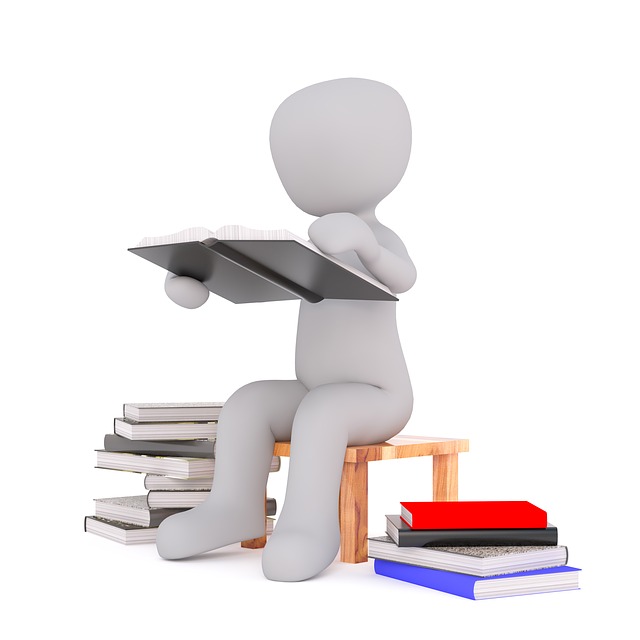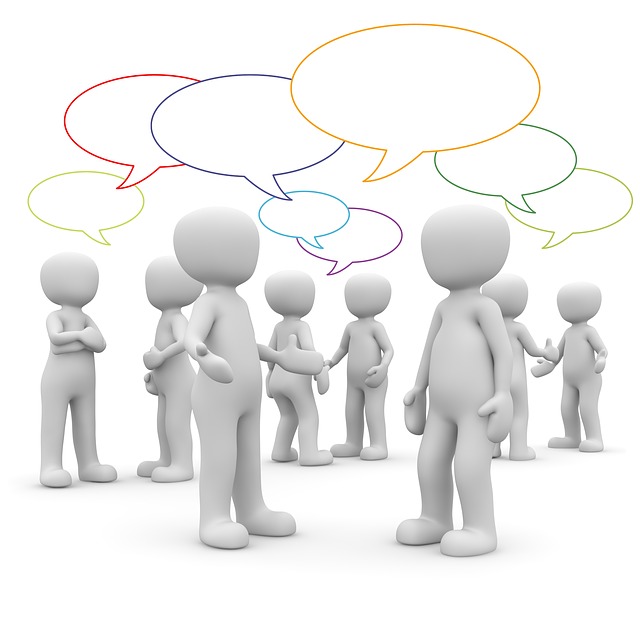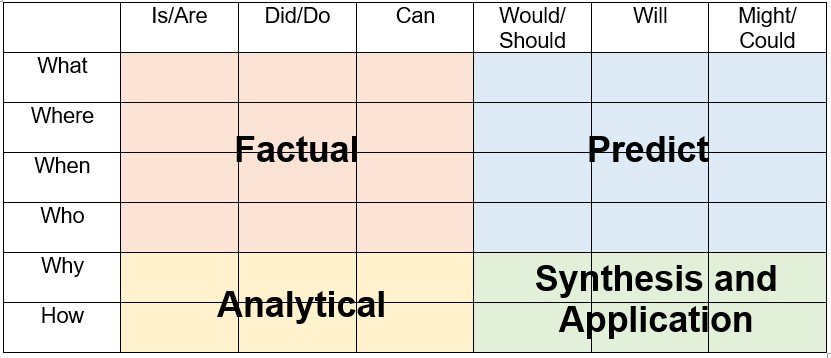Under the Influence
Media
MINDS ON
 What is Your Favourite Song?
What is Your Favourite Song?
Written words can take on a whole new meaning when spoken or sung and paired with visuals and music.
-
Think about your favourite song.
-
How does the combination of music and lyrics work together to make the song your favourite?
-
Share your favourite song (and a link to it if possible) and explain how the music, lyrics, and voice of the artist work together to express an idea or emotion.
Figurative Language
Language can be literal or figurative. Poetry and song lyrics often contain figurative language.

Recently, it's become popular to use the word "literally" when we really just mean that we want to emphasize an idea. When we say that language is literal, that means that the meaning behind the language is exactly what it says on the page. For example, when someone says "I was glued to my seat," they probably mean that figuratively. It's a "figure of speech." Otherwise, that means the person had glue on their pants and was stuck to the seat. That would be the literal meaning. So if you consider what the person says in the first frame of the comic, "I was literally glued to my seat," that technically means he had glue on his pants and was stuck to the seat, which is why the bearded person corrects him.
When a writer uses figurative language, they do so because the images and ideas associated with the figurative language add emphasis and emotion to the idea the writer is trying to communicate. Here are some examples of figurative language:
- Metaphor: stating that one thing is another thing, which doesn't literally make sense but helps to explain an idea. E.g., You are my sunshine.
- Simile: a comparison using the words like or as. E.g., You are like the sunshine.
- Personification: giving an inanimate object human characteristics. E.g., The sun smiled down on me.
- Hyperbole: a big exaggeration. E.g., Her smile was as bright as the sun.
- Symbolism: an object or name that stands for something else. E.g., Using an image of the sun to represent the king.
When you're reading a song lyric, a piece of poetry, or a story, if something doesn't make sense at the literal level, the author might be using figurative language.
 Before Reading/Listening: Previewing
Before Reading/Listening: Previewing
Next you will need to choose one of the following songs/spoken word pieces to read and listen to.
Preview each piece before choosing one.
| Title | Type of Text and Artist | Themes | Video |
|---|---|---|---|
| Instructions for a Bad Day | Spoken word poem by Shane Koyczan | Resiliency, hope, depression compassion | |
| Sober | Song by Kelly Clarkson | Addiction, recovery, hope | |
| Breaking the Habit | Song by Linkin Park | Self harm, depression, suicide | |
| O'Sister | Song by City and Colour | Depression, drug abuse, compassion |
ACTION
Your Role
Choose a role. As a reminder, they are explained again below.

Connector
Your job is to make connections between what you read and real life.The connections might relate to school, friends or family, home, the community, or they might relate to movies, celebrities, or the media. Feel free to connect incidents or characters with other books that you have read.

Summarizer
Your job is to prepare a brief summary of the text. The summary should include the main ideas or events to remember, major characters, symbols or other significant highlights of the passage. Include any important events and details.

Word Wizard
Your job is to record new or interesting words from the text you read. Record the sentence the word appears in and the definition. You need to pick at least 5 words.

Discussion Facilitator
Your job is to come up with three open-ended discussion questions about what you read. Here are some examples of these types of questions:
- How did you feel when you read _____________?
- If you were in that person's position what would you do differently?
- What do you think the consequences will be for ____________ in the future?
- How did your opinion about ________ change after reading this text?
A useful tool to help develop good discussion questions is a Q chart. By matching up words on the top and side you can form different types of questions. The questions that fall in the synthesis and analysis quadrants are usually good discussion questions.

 Figurative Language
Figurative Language
Remember, your first task is just to read the text (you will listen to the text later).
While you read, complete this Figurative Language chart. An example is provided for you.
| # | Example from the song or poem | What it literally means | What it figuratively means |
|---|---|---|---|
| eg | Today is where your book begins | This is the start of a story you own. | You get the chance to make a fresh start and choose what’s going to happen to you. |
| 1 | |||
| 2 | |||
| 3 |
Lyrics
Videos
After completing the figurative language chart, listen to text, then answer these questions which are also located at the bottom of the Figurative Language chart.
- Did your impression of the meaning change? Why or why not?
- How did the speaker or singer’s voice add emphasis or meaning to the piece. Give two examples.
- How did music affect the way you interpreted the text?
- Explain how listening to the text added to your understanding of the text.
 Reading Role
Reading Role
Now it's time to complete your role.
Go back and read your text a second time and take notes to prepare your information (Look at the Reading Roles above if you need a reminder of what to do for your role).
CONSOLIDATION
 Reading Response
Reading Response
It is time to reflect on your reading and explain what conclusions you can draw and what questions you may still have after reading the text.
Your reading responses for the previous activities have been written, but since we are focusing on the power of voice in this activity, you will also submit an audio response to practice your own oral communication skills.
Using the Reading Response Template, record a response based on the text you read in this activity and then use the notes you have made on this template to create and submit an audio response of your answers.
Before you submit your Reading Response Template and your audio response, make sure you use the Reading Response Self-Assessment Checklist to ensure you've met the expectations. You will be reflecting on your answers to the text at the end of this unit so be as thorough as you can with your responses.